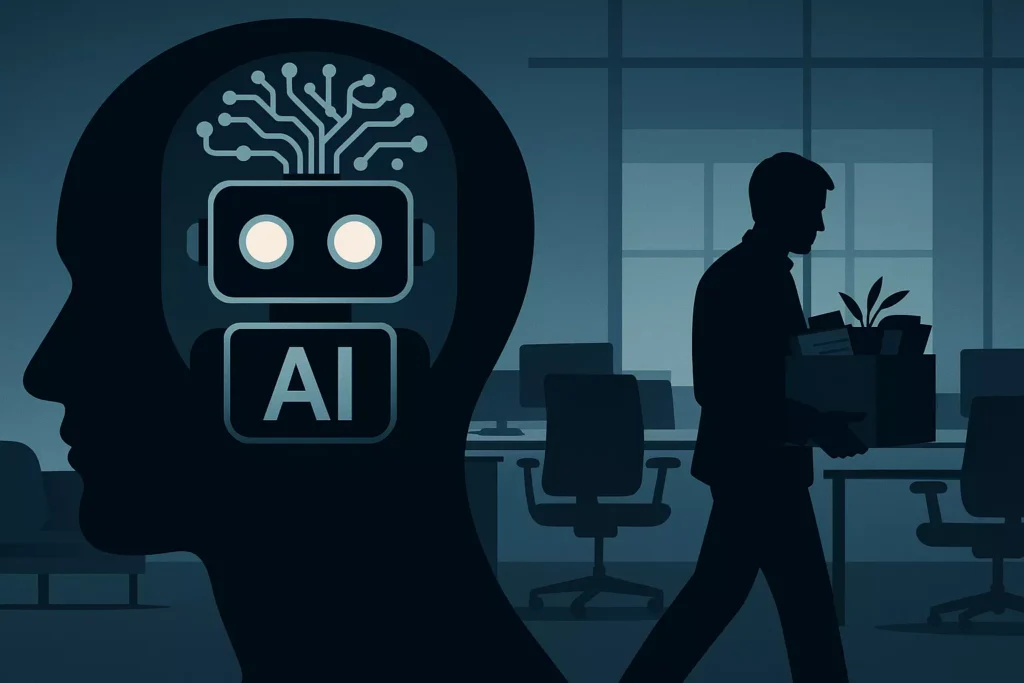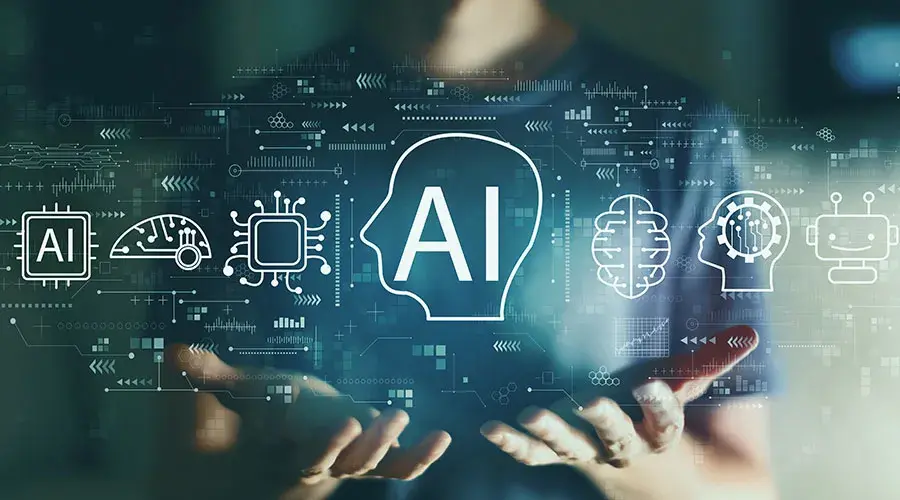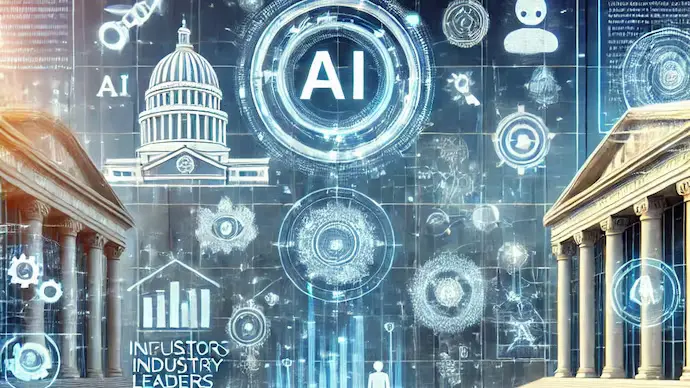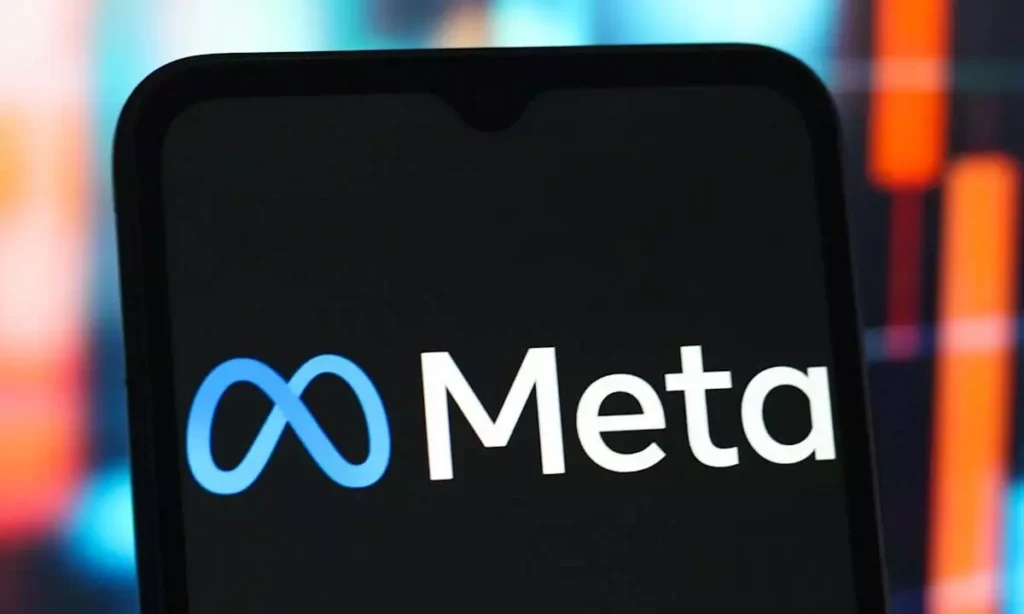Why AI-Driven Layoffs Like Amazon’s Could Backfire
The business world is currently dominated by two recurring headlines — the soaring investments pouring into artificial intelligence (AI) and a steady wave of mass layoffs. Ironically, many of the same companies leading the AI revolution are also slashing their workforce. At first glance, this seems logical. Businesses, captivated by AI’s promise to boost productivity, believe they can achieve more with fewer employees — and the short-term stock market boost following layoffs doesn’t hurt either. Yet, this strategy could backfire. By cutting too deeply, companies risk weakening their capacity to harness AI effectively in the long run. Recent data shows this trend is widespread. October saw the highest number of job cuts in the U.S. for that month in two decades, even as corporate profits surged. Amazon, for instance, is planning to eliminate up to 30,000 corporate roles despite record-high stock prices. Microsoft, too, recently announced its largest layoffs in two years while reporting a 12% rise in profits. So, if not financial strain, what’s driving these cuts? In many cases, AI plays a central role. Accenture, for example, said it would lay off 11,000 workers because they “could not be retrained for an AI-driven workforce.” As enthusiasm for AI spreads across corporate America, more such decisions are likely. Experts like Geoffrey Hinton, a pioneer in AI research, have even warned that the massive capital investments being made in the field might only yield returns through significant job displacement. But here’s the catch: many companies aren’t yet reaping real benefits from AI. A Massachusetts Institute of Technology survey of 300 corporate AI projects revealed that 95% of them had “zero” return on investment. The problem lies in the assumption that AI can be seamlessly slotted into existing systems. In reality, companies are still figuring out how to integrate these tools effectively — a process that requires creativity, experimentation, and organizational change. Layoffs, however, undermine exactly those qualities. Beyond the loss of talent, layoffs often demoralize remaining employees, damaging morale, increasing stress, and lowering engagement. Research shows that companies downsizing during profitable times tend to perform worse financially than peers who retain their staff. This effect is especially severe in fast-moving, innovation-driven industries. Studies of Spanish and British firms have found that when layoffs coincide with technological transformation — like adopting AI — innovation drops as employees become more risk-averse. While small cuts may not harm creativity, large-scale downsizing can cripple it. To be sure, in some cases, trimming excess roles can sharpen efficiency and innovation. But when organizations are already constrained by heavy investments in AI infrastructure, additional layoffs can quickly become counterproductive. The truth is, revolutionary technologies like AI aren’t “plug-and-play.” Developing them is only the beginning; learning to use them effectively is equally vital. That learning depends on motivated, adaptable employees — not a workforce unsettled by fear and uncertainty. For companies racing to embrace AI, mass layoffs may seem like a quick way to balance costs. But in the long run, many CEOs could find they’ve weakened the very foundation needed to make AI work for them. Source: Bloomberg
Why AI-Driven Layoffs Like Amazon’s Could Backfire Read More »










